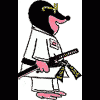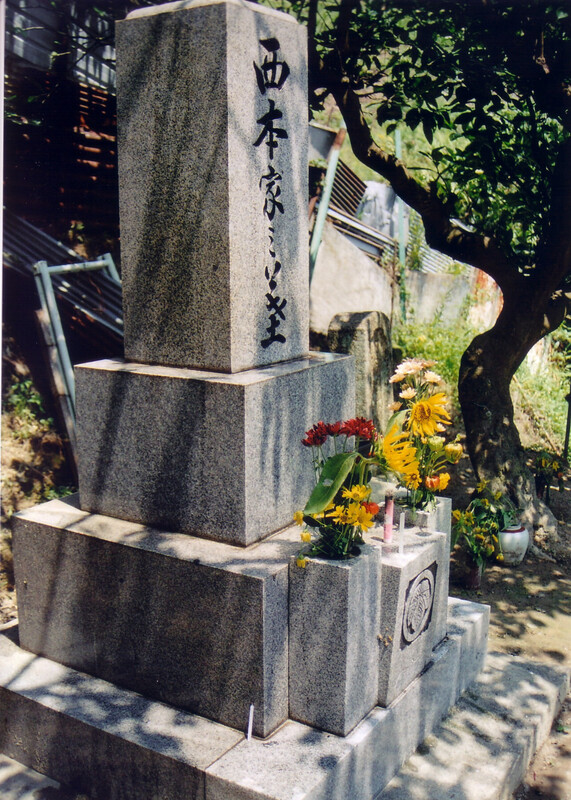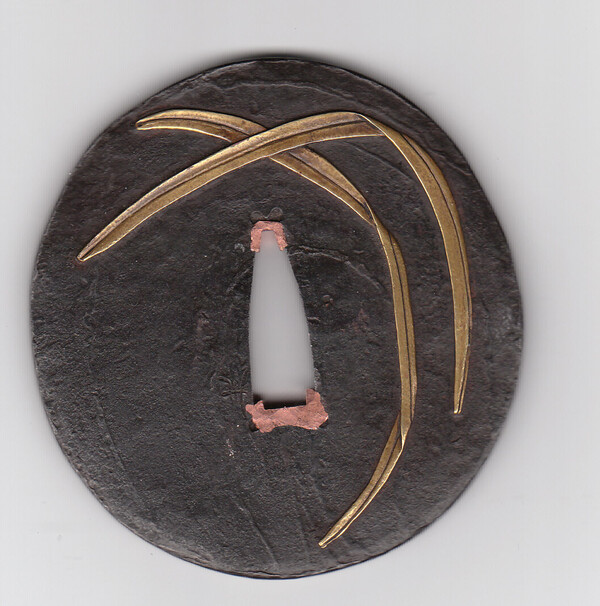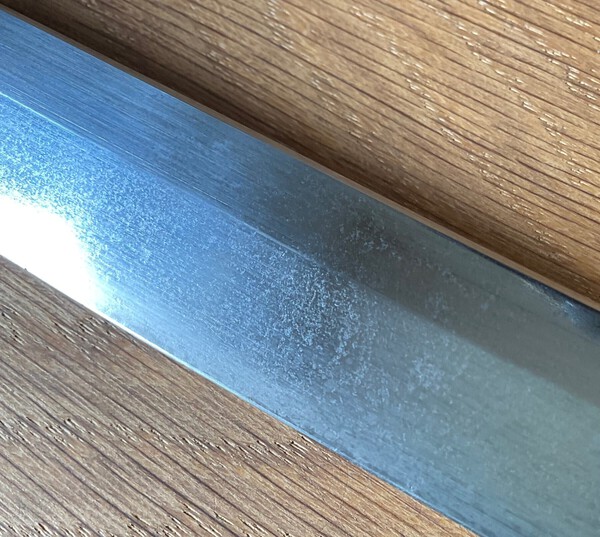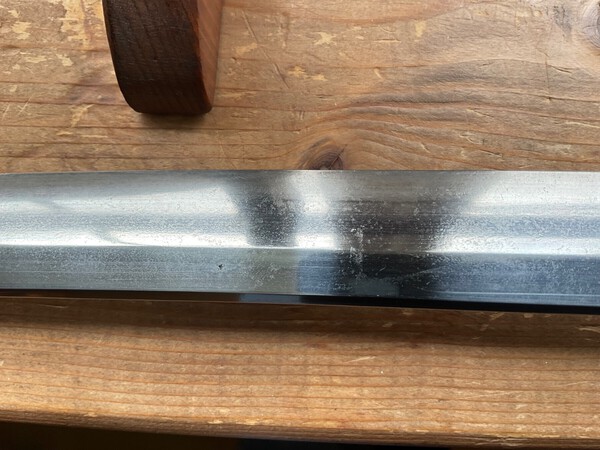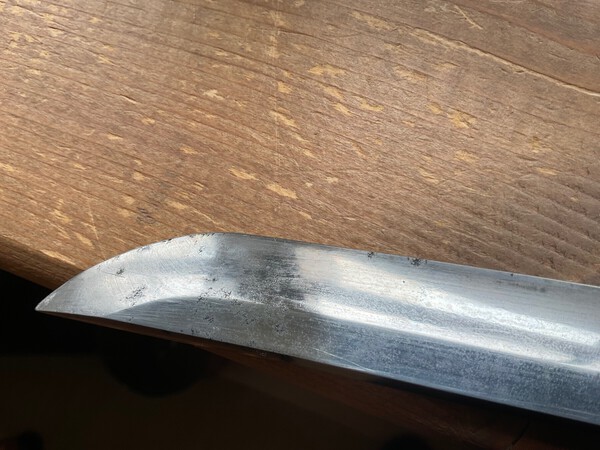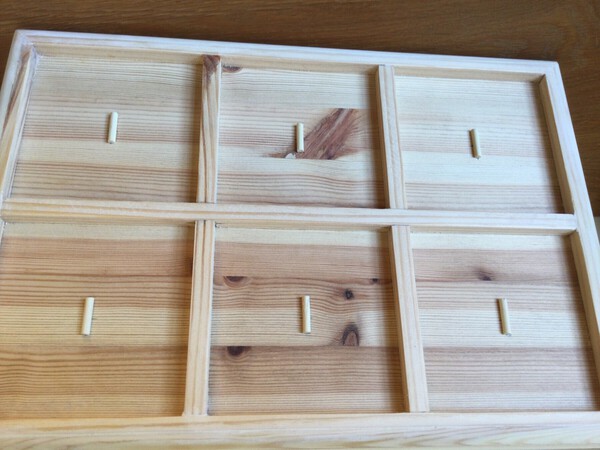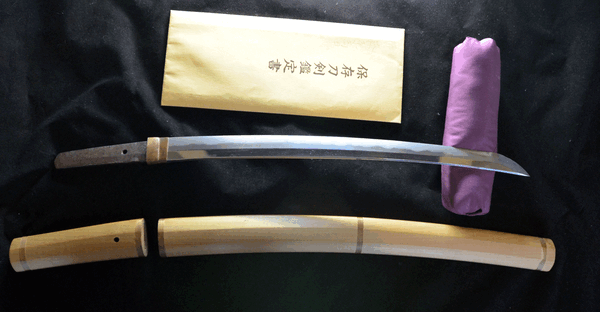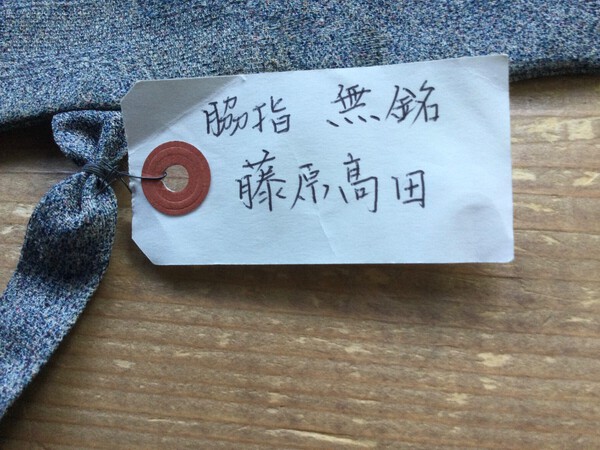-
Posts
363 -
Joined
-
Last visited
-
Days Won
1
Everything posted by Moley
-
Thank you for this information. Vey useful for us to know.
-
So grateful to you Ray. That's what we thought , but wanted to confirm. Her maiden name was Nishimoto. Anyone know what happens to the ashes once we arrive? Is the tomb hollow ? Or are they scattered or buried nearby ? We have been told that paperwork is required by the "Cemetery" (and also Customs etc)
-
Hi everyone, Long story. My wife's mother died and we are thinking of repatriating her ashes to her family tomb. This is a photo of the family "tomb" ????? We were wondering if somebody could please translate what the kanji says on it ? Thank you Gwyn p.s. Does anyone know how this business of taking ashes to the tomb works ? Are they buried ? Scattered ? Stored?
-
Thank you Maurice…. Greatly appreciated. Hi John, nice to chat again. I never really went away. I was still here every day. Just didn’t have anything to say 🤣
-
Dear friends, Apologies posting this as I have no idea what it is. An old aquaintnce of mine from way back contcted me asking for a transltion of the kanji. I will ask him what it is and where he got it. Meanwhile, can anyone give me any ideas onthe Kanji ? Regards Gwyn
-
Sad to hear today that Ford Hallam has passed away. A gifted Tosogu who made many wonderful pieces. I am very lucky to have some of his works in my collection. A few words he sent me about this Koshirae: (Having the "simpler monogram mark" he mentions) " Hi Gwyn, The full mei I use was given to me by my teacher about 17 years ago. I've used that almost exclusively on tosogu since then. The kanji read Fu O Do, this is the closest to my name phoneticaly possible with the On reading of kanji. The meaning is lit; walking in the kings/heavenly road. The simpler monogram mark I used before this, and very occasionally on very small fittings, is actually made up of my initials, F I H It was designed to seem slightly Japanese but not an obvious kanji. Kind regards, Ford"
-
Thanks Gentlemen, and thanks to Raaay... No it doesn't "bite" therefore no tempered edge.
-
Dear Gentlemen, I posted this as an "ADD ON" to an old old thread. Still puzzled as to what exactly I have, so I am starting a new thread in the hope somebody can enlighten me. I am most interested in finding out if it is stainless steel, has it got a hamon at all and HOW TO TELL ? Old post "I too have a YosheTsugu (Yoshi Tsugu) which by all appearances is identical to the one shown here. It has even the same kind of Habaki and also has the Nagoya stamp. Mine however is Sho Wa (Period) Ju Hachi ( 18th ) Nen (year = 1943) Ju Ichi ( 11 th November) Gatsu (Month). The reason why I am posting here is to ask about the sword and the smith. When I had the Tsuka re-wrapped (It came without ito) The craftsman said that the Same was plastic and not real. However it is such a good imitation you would think it's good quality Same. Also I can't seem to see a hamon in the blade and don't want to spend a lot of money on a re-polish if it's stainless steel. Can anyone shed more light about the type of Gunto that Yoshe Tsugu Produced and what steel did he use? Is the sword pictured on this thread with a hamon? . Any info about smith and or sword greatly appreciated. Thanks Gwyn
-
Thanks everyone. Will keep in the shadows.
-
Living in a house built North / South, even in wet Wales we get a LOT of Sun shining in. Over the years, Prints on the walls and Book spines have faded due to sunlight. Even the Tsuka ito on one Katana left in the sun's path faded. My question is this. Thinking of moving a Tsuba display to another part of the room. BUT the sun hits it in the afternoon. My question.. Do iron Tsuba Fade in Sunlight ? Gwyn
-
Searched for months for a tsuba stand and couldn’t find any. The Hanwei ones are discontinued 😢. So I got an idea, I showed oneof my students who is very good with his hands what I was after. This is the result. (and he didn’t charge me a penny).
-
-
Hi guys, I can vouch for Colin. I bought the Rabbits Tsuba from him. Good communication, fast despatch, well packed with box and description. Great buy, lovely to hold.. Gwyn
-
Hi guys, I can vouch for Colin. I bought the Rabbits Tsuba from him. Good communication, fast despatch, well packed with box and description. Great buy, lovely to hold.. Gwyn
-
Hi guys, I can vouch for Colin. I bought the Rabbits Tsuba from him. Good communication, fast despatch, well packed with box and description. Great buy, lovely to hold.. Gwyn
-
Thank you so much Jean and Uwe. You have put a Face to the name for me. It must have been the bag that came when I bought this ..
-
Hi everybody, whilst cleaning out a cupboard in my study, I came across quite a few “long forgotten” sword bags. One of them has this label attached to it with a very very thin piece of wire ! I cannot for the life of me remember when I got the bag or what sword came with it. The bag is wakizashi size. I was wondering if anyone here could kindly translate the label for me to see what is says? thanks Gwyn
-
Ahh well..
-
Hi Jon, My humble opinion. £250 = pennies You can't go wrong IMHO. The Kozuka maybe worth that. Looks nice as an overall piece. Saya repair and Tsuka Ito easily done at home. Cannot comment on Blade condition, but looks GENUINE.


